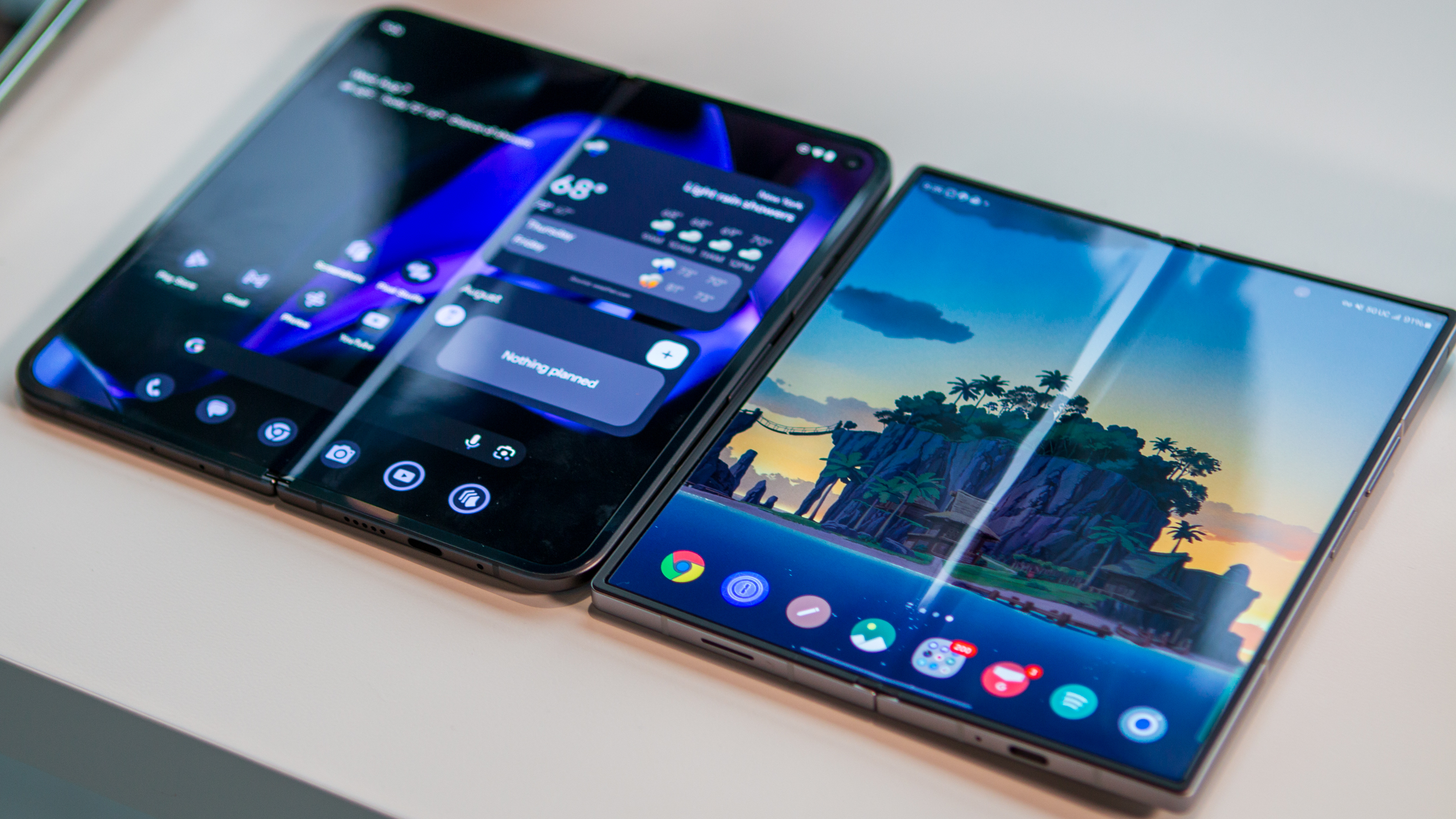Nothing Phone (2a) vs. Google Pixel 7a: Battle of the A team
The Nothing Phone (2a) is one of the latest in the affordable phones space, a viable competitor to the Google Pixel 7a.
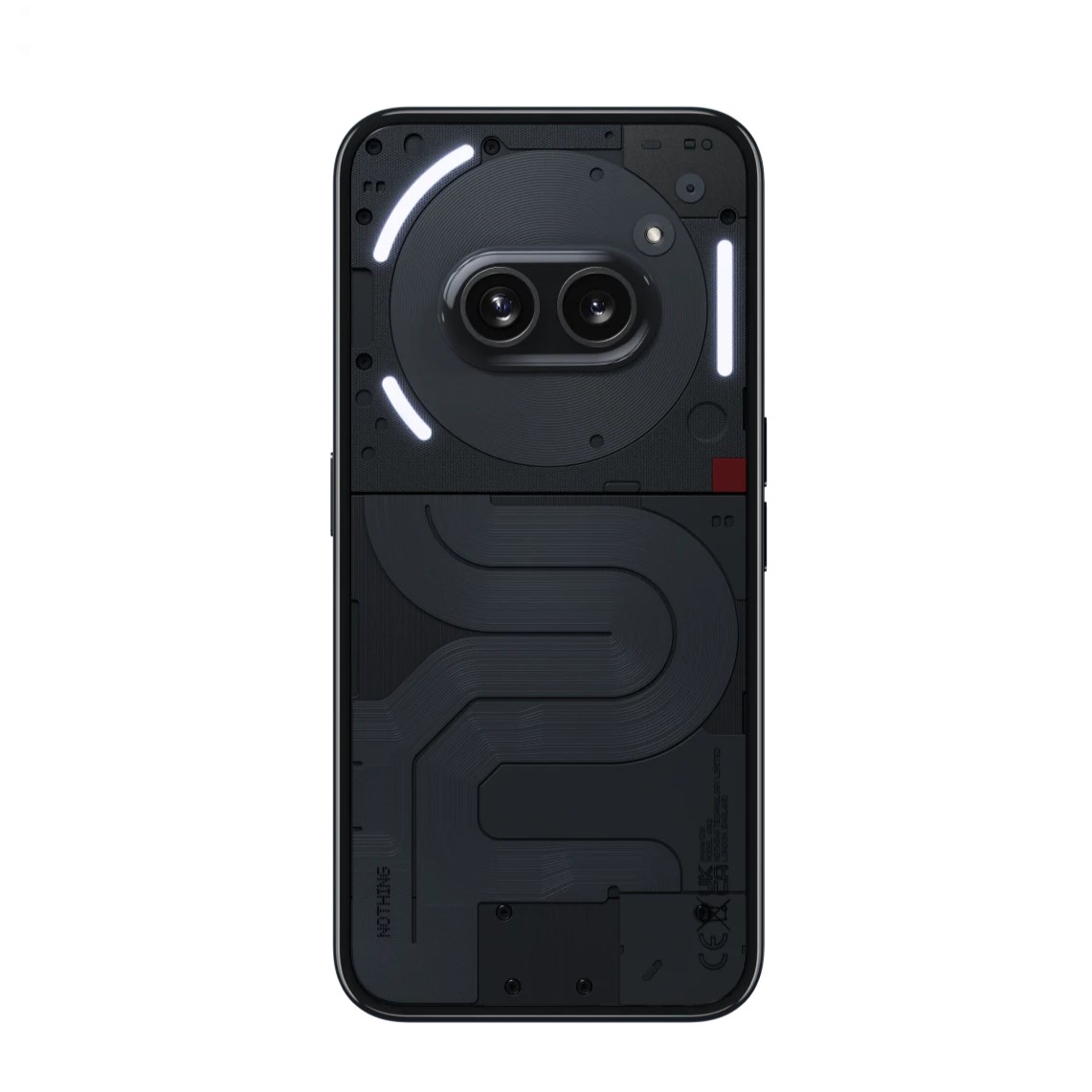
A solid budget phone
When it comes to bang for your buck, you get plenty with the Nothing Phone (2a). It offers a massive screen, impressive specs, and a cool transparent Glyph interface that leaves nothing inside to the imagination. As a showstopping phone, it’ll get attention from passers-by who will be mesmerized by its funky look.
For
- Unique Glyph design with responsive lights
- Large, high-res screen
- Advanced cooling system for gamers, multi-taskers
Against
- No expandable storage
- Only IP54 rated
- No wireless charging support
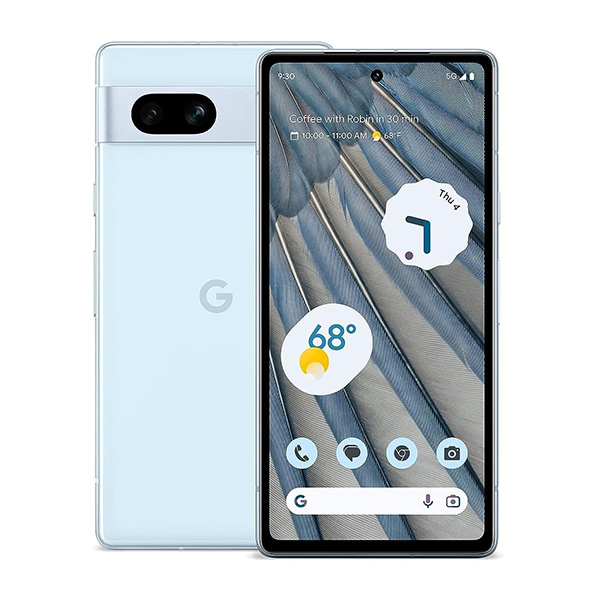
An oldie but a goodie
While the Google Pixel 7a is a (slightly) older-model phone, introduced in May 2023, it’s still a great one worth considering if you love the Google Pixel line. It’s one of the more affordable options that still provides tons of great features and impressive specs. Plus, the cameras are fabulous and the photo editing features are second to none.
For
- Stunning high-resolution display
- Fabulous cameras
- Plenty of photo editing features
- Wireless charging support
Against
- No expandable storage
- Not as high refresh rate
- Screen not as durable
- Smaller battery
Shopping around for a new phone? Maybe you’re looking for a budget phone for yourself or as a teen’s first device. Perhaps it’s something simple your elderly parents or grandparents can enjoy. It might even be a secondary phone to use alongside your business phone.
Whatever the case, you don’t have to spend thousands of dollars for a decent phone. And when it comes to the Nothing Phone (2a) vs. Google Pixel 7a, the battle of the “A” phones proves they both get an A+ for a balance of price and performance. But let’s dive deeper to see how they stack up against one another.
Nothing Phone (2a) vs. Google Pixel 7a: The looks and basics
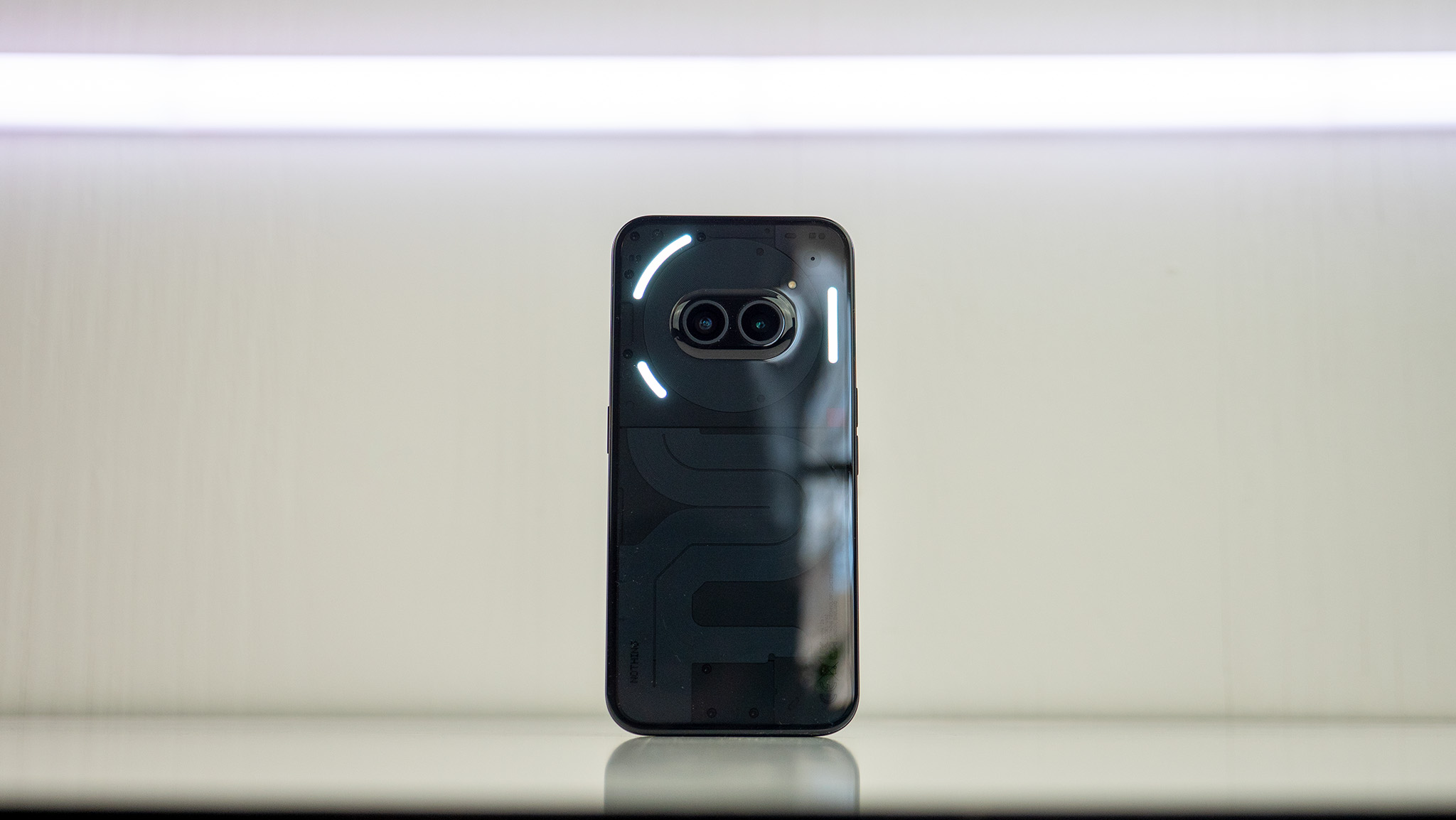
The Nothing Phone (2a) comes in black or white with a unique Glyph interface that consists of LED lights on the back that light up to advise of notifications, timers, volume adjustments, music playback, and more. It’s a design Nothing has employed since the Nothing Phone (1), but it’s still delightful to see.
It’s equipped with a 6.7-inch 2412 x 1080 AMOLED screen with a 120Hz refresh rate and a polycarbonate chassis with aluminum side rails coated in polycarbonate resin. The always-on screen is made of Corning Gorilla Glass 5, so it isn’t quite as rugged as some of the more expensive phones on the market. Given that you’ll want to show off the design without sacrificing protection, finding the perfect transparent Nothing Phone (2a) case is crucial anyway. Peak brightness is 1,300 nits, so don’t expect this phone to be as bright and beautiful as other more premium models either.
You can customize the look by using things like a monochromatic theme, branded themes and icons, and even removing app labels so the phone looks as you want it to. There are plenty of Nothing OS widgets from which to choose as well, so you can truly make the phone experience personalized to you.
The phone is only IP54 rated, so you get mild resistance to dust and water. But you’ll want to proceed with caution if you’re using it by the pool or on the beach, and you won’t want to accidentally drop this phone in the toilet. A spray of water, however, will be fine.
The 5,000mAh battery will purportedly give you up to two days’ worth of use per charge, and the phone also supports 45W fast charging that will give you another day after just 20 minutes. However, it does not support wireless charging. For those who are constantly on the go, this could be what sways you in favor of this device; while those who rely on wireless charging should note that this phone means you have to forego that luxury.
There’s no expandable storage but you get either 128GB or 256GB onboard. Other inclusions are USB-C, dual 5G, Bluetooth 5.3, Wi-Fi 6, NFC, a fingerprint sensor, face unlock, and stereo speakers. Plus, the phone has a 360° antenna which Nothing says can ensure a reliable connection.
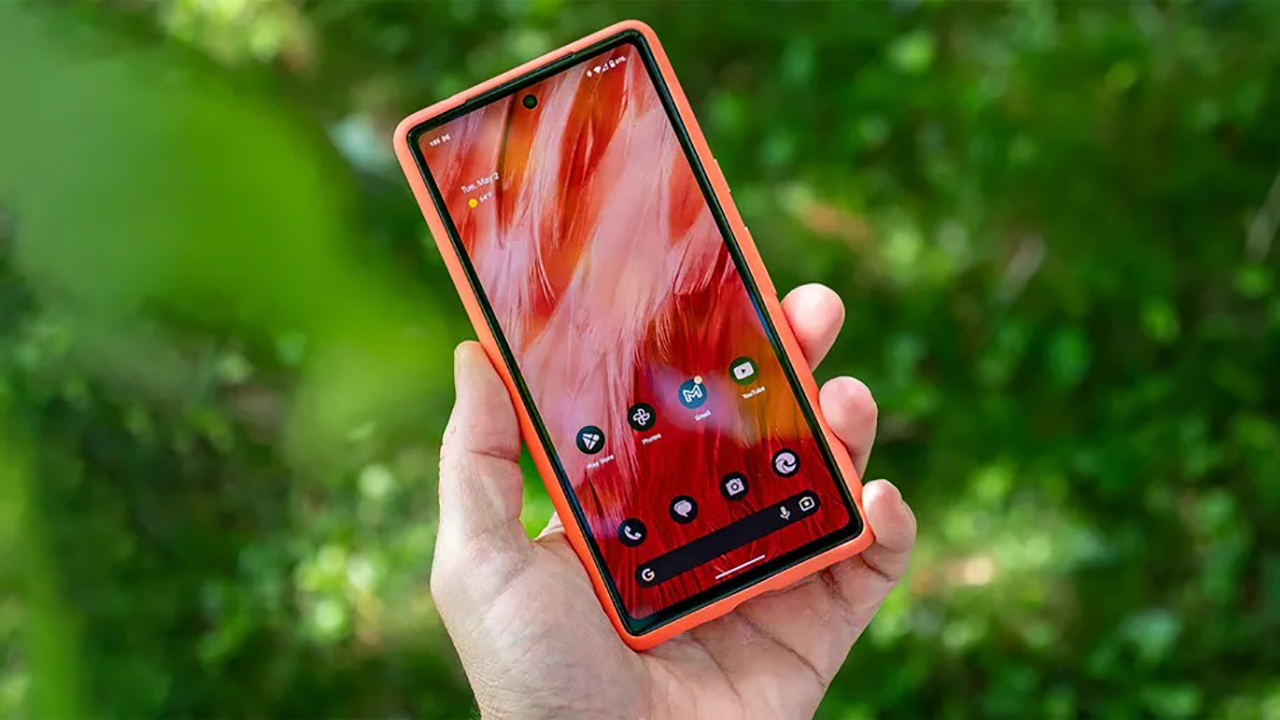
You’ll get a wider selection of colors with the Google Pixel 7a, which comes in Sea, Charcoal, or Snow, along with the Google-exclusive Coral finish. It has a much smaller 6.1-inch always-on OLED screen that boasts an almost identical 2400 x 1080 resolution. While the high brightness mode taps out at about 1,000 nits, Android Central’s Nicholas Sutrich says in his review that he had no issues seeing the display outdoors in bright sunlight, or in the dark.
The screen is reinforced with Corning Gorilla Glass 3, a step down from the Nothing (2a), but it’s still scratch-resistant and has a fingerprint-resistant coating. This is combined with the 3D thermoformed composite back with a tactile alloy frame and visor. Nonetheless, you’re still advised to get a protective case for the phone. Sutrich reports that the phone itself is slippery and the back tends to attract a lot of dust and fingerprints.
The refresh rate is a step down as well at just 90Hz, though Sutrich didn’t encounter any issues with responsiveness and productivity while reviewing the phone. It is slightly more rugged with an IP67 rating, however, which means an accidental dunk in the toilet or pool isn’t as big a worry with this phone as it would be with the Nothing Phone (2a).
The battery is smaller in the Google Pixel 7a as well at just 4,385mAh, rated to last a day and beyond. There is an Extreme Battery Saver mode to extend battery life to up to 72 hours in a pinch, and this phone supports both fast and wireless charging.
The Google Pixel 7a only comes in a 128GB variant, and without a memory card slot, this means you’re limited in what you can store unless you invest in cloud storage as well. This phone also offers the usuals, like USB-C, Wi-Fi 6e, Bluetooth 5.3, NFC, 5G connectivity, stereo speakers, fingerprint unlock, and more.
Nothing Phone (2a) vs. Google Pixel 7a: The specs
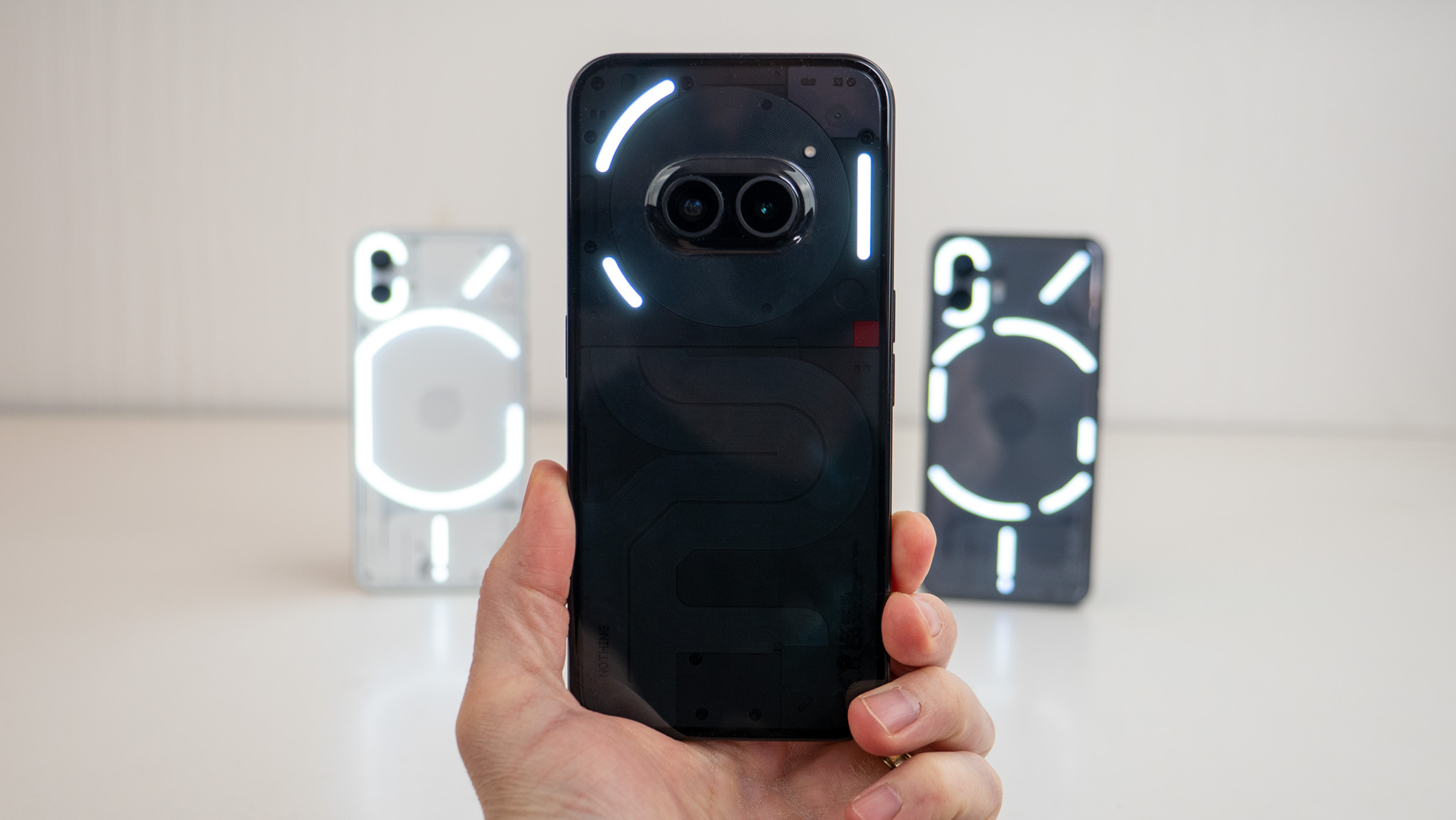
Let’s take a look at how these two Android phones compare head-to-head when examining specs alone.
| Header Cell - Column 0 | Nothing Phone (2a) | Google Pixel 7a |
|---|---|---|
| OS | Android 14 (upgradable) | Android 13 (upgradable) |
| Colors | Black, White (Glyph Interface) | Sea, Charcoal, Coral (Google exclusive) |
| Screen Size | 6.7 inches | 6.1 inches |
| Screen Resolution | AMOLED | FHD+ OLED |
| Refresh Rate | 120Hz | Up to 90Hz |
| Processor | Mediatek Dimensity 7200 Pro | Google Tensor G2 |
| RAM | 8GB, 12GB | 8GB |
| Storage | 128GB, 256GB | 128GB (not expandable) |
| Camera | 50MP main, 50MP ultra-wide, 32MP front | 64MP Quad PD Quad Bayer wide, 13MP ultra-wide, 13MP selfie |
| Speakers | Stereo speakers | Stereo speakers |
| Battery | 5,000mAh | 4,385mAh |
| Wireless Charging | No | Yes |
| Bluetooth | 5.3 | 5.3 |
| Water Resistance | IP54 | IP67 |
| Cellular | 5G | 5G |
| Size | 6.37 x 3 x .034 inches | 6 x 2.8 x 0.4 inches |
| Weight | 190 grams | 192.7 grams |
As you can see, there are some notable differences when it comes down to specs with these two phones. But let's dive deeper into processing, power, and cameras.
Nothing Phone (2a) vs. Google Pixel 7a: Power, processing, and more
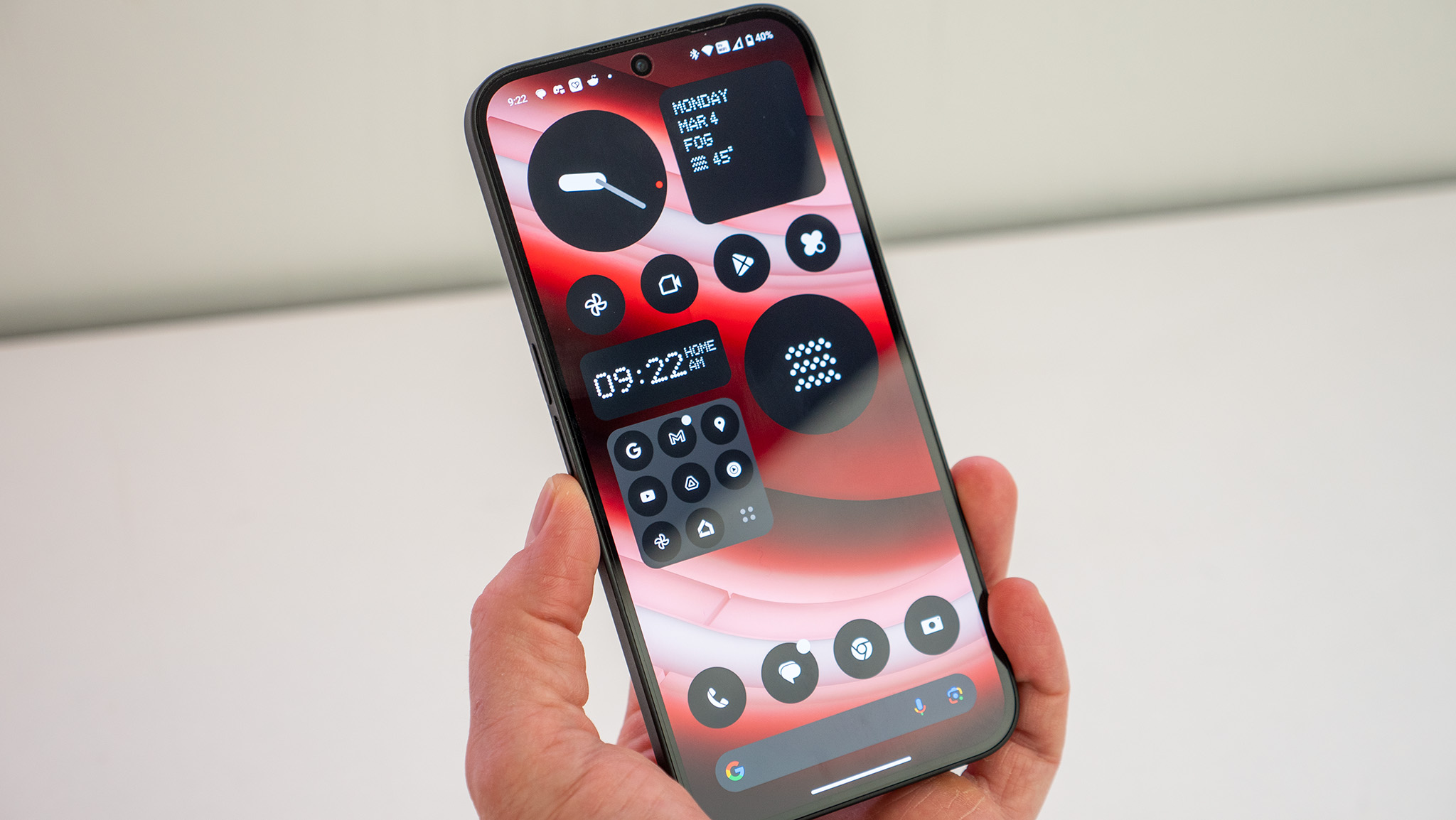
It’s what’s inside that counts, as the saying goes, so it’s important to know how these two phones differ on the insides as well.
The Nothing Phone (2a) runs on the Mediatek Dimensity 7200 Pro octa-core processor, which will work well for everyday activities, including apps and games.
Speaking of the latter, the phone also has an advanced cooling system and an extra-large vapor chamber that affords more even heat distribution. A large cooling area, meanwhile, has a thick graphite layer for rapid heat dissipation, so bandwidth-intensive tasks like graphic-heavy games should run wonderfully on this phone. Sutrich did an early first impressions review of this phone as well and he said he had no problems playing any of the games he tried on the device.
It has 8GB RAM as a standard for the 128GB version, or you can upgrade to a variant with 256GB storage that increases this to 128GB. There’s also a RAM booster feature that can leverage free storage to be used as more memory, so the phone runs more efficiently.
Out of the box with Android 14, the Nothing Phone (2a) supports three years of major Android updates and four years of security updates, so you can be confident that it will last for a long time.
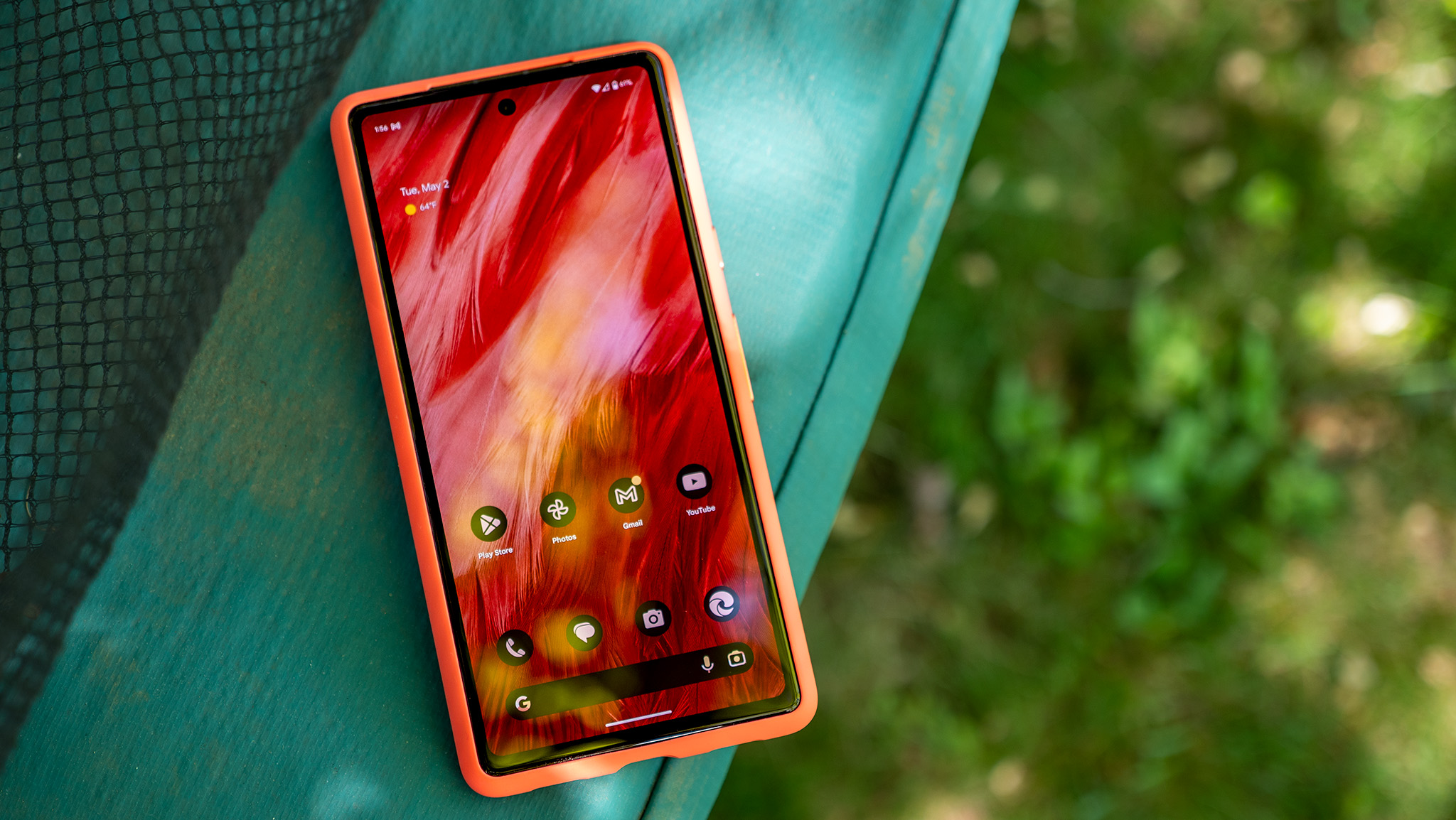
The Google Pixel 7a is powered by the Google Tensor G2 processor, which has since been replaced by the Tensor G3, though it’s still quite powerful. Sutrich tried playing various games during his review period and didn’t run into any issues. While the phone taps out at 8GB RAM, that’s still decent to keep up with most everyday needs.
Since the phone is over a year old, it runs on Android 13, but you can upgrade to Android 14. Google supports up to three years of Android platform updates, five years of security updates, and various Google Feature Drops. So, while you’ll only get two more updates in the cycle when it comes to the OS, the Feature Drops means the phone will remain current at least through to 2026. By that time, you’ll probably be ripe for an upgrade anyway.
While the Google Pixel 7a doesn’t have all the cool AI features you’ll get with the step-up Google Pixel 8 and 8 Pro, you can still access some of the most beloved features like call assist, clear calling, real-time language translations, and more. And, of course, seamless operation with a wealth of Google apps and services.
Nothing Phone (2a) vs. Google Pixel 7a: Taking pictures
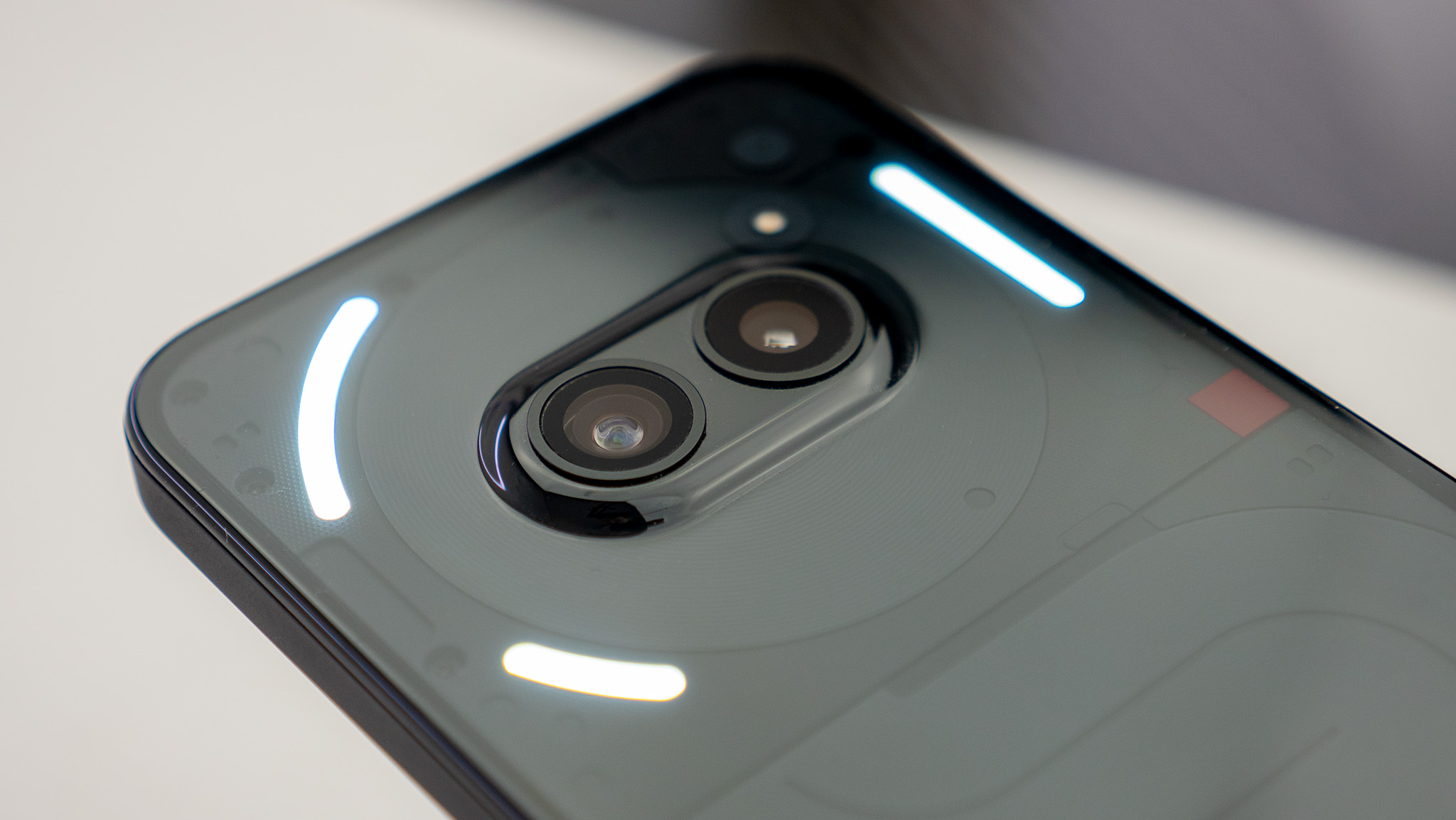
Most of us use our smartphones as our primary cameras nowadays, so this is an important factor to consider as well.
The Nothing Phone (2a) has a 50MP dual main camera, including an ultra-wide lens with a 114° field-of-view. This combines with a 32MP wide-angle front camera, which is a much higher resolution than the selfie camera on the Google Pixel 7a.
There’s nothing to write home about when it comes to the cameras, but you’ll be able to take decent shots with optical image stabilization, LED flash, and HDR. You can also shoot video at up to 4K resolution at 30 frames per second. Some other notable camera features include a TrueLens engine that powers things like night mode, motion capture, and portrait optimizer.
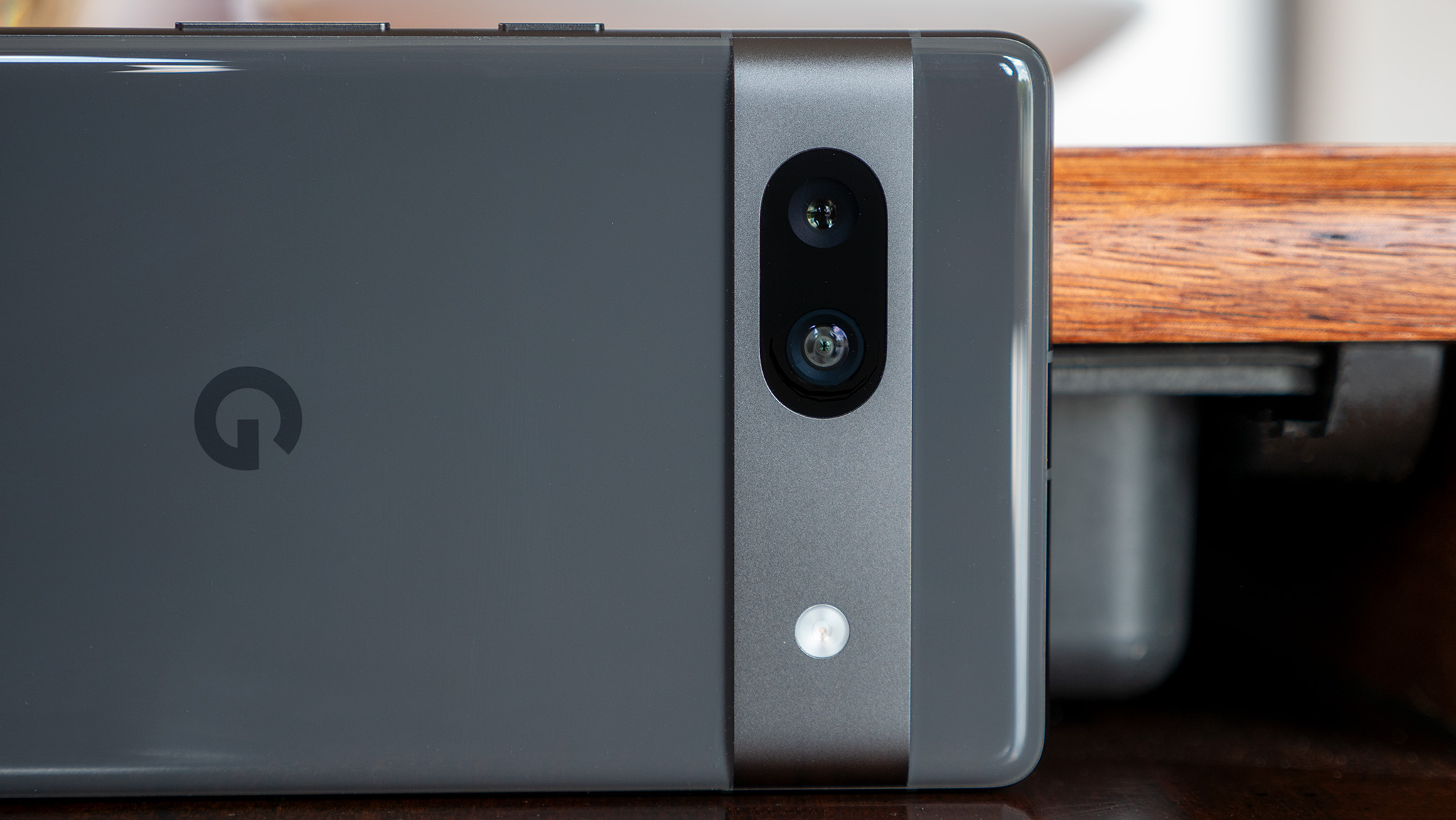
The Google Pixel 7a really shines when it comes to the camera. You get cool photo-taking and editing features like Photo Unblur, Night Sight, Portrait Mode, Super Res Zoom, Frequent Faces, dual exposure control, Magic Eraser, Real Tone, and Face Unblur.
The main camera is higher resolution at 64MP Quad PD but you only get an 80° FOV, so you won’t be able to get as much in a shot as you would with the Nothing Phone (2a) camera. If you travel and love landscape photos, or tend to take a lot of group selfies, this is something to consider.
The ultra-wide camera is much lower resolution than the Nothing Phone (2a) at just 13MP, but it has a 120° FOV, so you can get wider pics, but not at as high a resolution. The selfie camera is also 13MP with a 95° FOV, so selfies shouldn’t be an issue, even with multiple people or with a background you want to capture on either side of the shot. But the resolution is much lower here, too.
Despite the numbers suggesting the Google Pixel 7a has a sub-par camera, however, consider that in his experience, Sutrich says the photos he captured surpassed his expectations, both in terms of quality and how quickly they could be snapped after tapping the shutter. He did have some issues with zoom detail and white balance. Based on my own observations as well, the Google Pixel 7a takes wonderful photos with crisp detail and bright colors. All the post-capture editing features also make it a cut above, and they work beautifully. Overall, the cameras are surprisingly better than the specs might suggest.
Nothing Phone (2a) vs. Google Pixel 7a: Which should you buy?
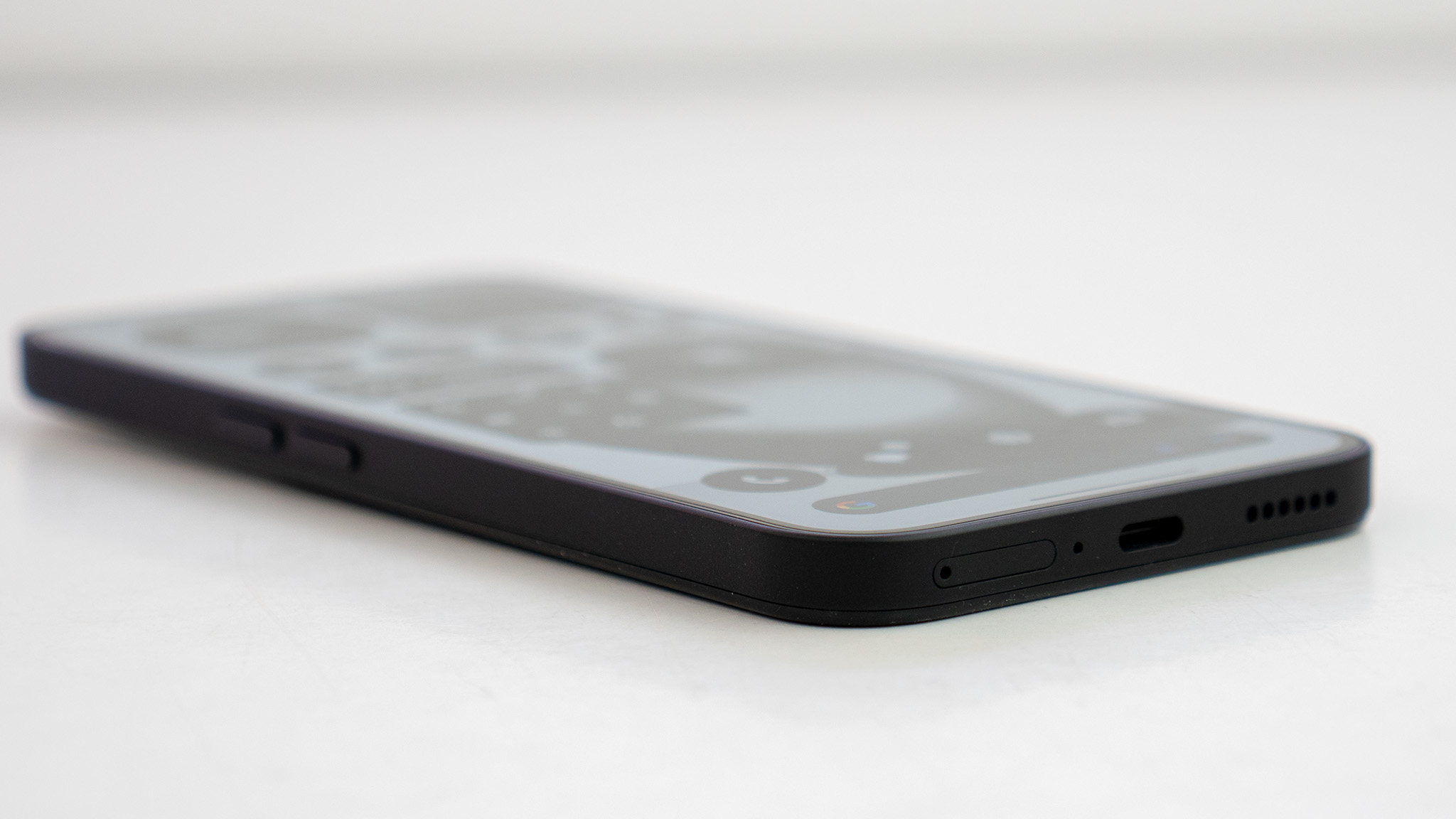
Now comes the big question: which phone should you buy between the Nothing Phone (2a) vs. Google Pixel 7a? They come in at around the same price, with the Nothing Phone (2a) having the edge. You can get the version with twice the storage and more RAM for less than the price of the 8GB/128GB version of the Pixel 7a.
The Nothing (2a) is superior to the Google Pixel 7a in many respects, including some of the most important specs. It’s also the newer of the two phones. Since Google hasn’t yet released an “a” version of the popular Google Pixel 8, the 7a is the most affordable current model you can buy in the line.
Neither are ultra-rugged and durable, so you’ll need a protective case out of the gate (which you should get for even rugged, waterproof phones). The Nothing Phone (2a) has a slightly stronger screen but the Google Pixel 7a offers better water and dust-resistance. The Nothing Phone (2a) offers a bigger battery with better-rated battery life. But it comes down to splitting hairs when most of us charge our phones daily anyway.
Based on specs alone, the Nothing Phone (2a) has better cameras as well, but there aren’t any fancy photo editing features like you’ll get with the Google Pixel 7a. If you tend to take photos you always need to fix in some fashion, you’ll love having the option to do it right from the camera app on the Pixel 7a, and in ways you never thought possible (think turning a blurry photo crisp or removing distracting elements from the background of a photo).
You get an arguably better processor with the Google Pixel 7a but less RAM, as noted, and a lower screen refresh rate. Still, Sutrich had nothing negative to say in this department about this phone, so the Google Pixel 7a will likely be able to keep up with your day, and then some.
Bottom line: as far as budget phones go, you can’t go wrong with either of these devices. If you want the most for your money, however, go with the Nothing Phone (2a). It’s the newer model of the two, boasts impressive specs, and it’ll have all your friends asking you about your funky-looking phone. If you value better water resistance, wireless charging, the Google ecosystem and processor, and want a smaller device, the Google Pixel 7a is a good choice and will be for a few years to come.

The best budget pick
If you’re looking to save money on an affordable phone that still has premium features, the Nothing Phone (2a) is the latest and one of the best to consider. While it isn’t as durable, bright, or powerful as premium devices, it holds its own as a phone you can use to take wonderful photos, play tons of mobile games, and personalize according to your taste.

An affordable Pixel
If you want to stick with the Google Pixel family and value features like water resistance, wireless charging, and fun and useful photo editing features, along with constant Feature Drops to keep the experience fresh, the Google Pixel 7a is the most affordable and feature-rich model you’ll find in the line. While its specs don’t quite live up to some of what’s offered in the Nothing Phone (2a), the phone has proven to be a worthy contender.
Be an expert in 5 minutes
Get the latest news from Android Central, your trusted companion in the world of Android

Christine Persaud has been writing about tech since long before the smartphone was even a "thing." When she isn't writing, she's working on her latest fitness program, binging a new TV series, tinkering with tech gadgets she's reviewing, or spending time with family and friends. A self-professed TV nerd, lover of red wine, and passionate home cook, she's immersed in tech in every facet of her life. Follow her at @christineTechCA.
You must confirm your public display name before commenting
Please logout and then login again, you will then be prompted to enter your display name.
